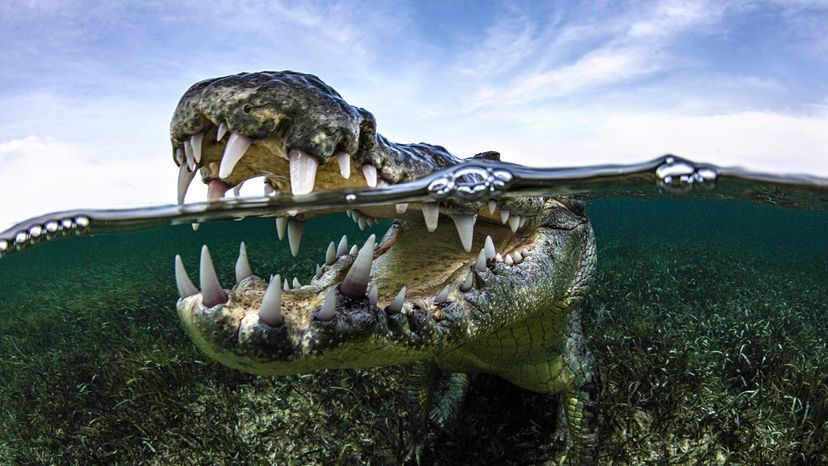American crocodiles thrive in coastal regions, particularly mangrove swamps, lagoons, rivers and estuaries. In southern Florida, they inhabit the warm, brackish waters of Everglades National Park and other nearby areas.
These reptiles are excellent swimmers, capable of moving between freshwater habitats and saltier environments.
Further south, they are found throughout Central and South America, often near tropical coasts. Their ability to tolerate a range of salinities sets them apart from other crocodilian species, allowing them to exploit habitats inaccessible to other reptiles.
Regional Differences in American Crocodiles
American crocodiles (Crocodylus acutus) are a single species but are widely distributed across different regions. Each regional group adapts to the specific environmental conditions of its habitat.
The species thrives in Central America, southern Mexico and South America. American crocodile populations in southern Florida are unique because they live near the edge of their range. These North American reptiles have adjusted to cooler temperatures compared to their tropical relatives in Central and South America.
